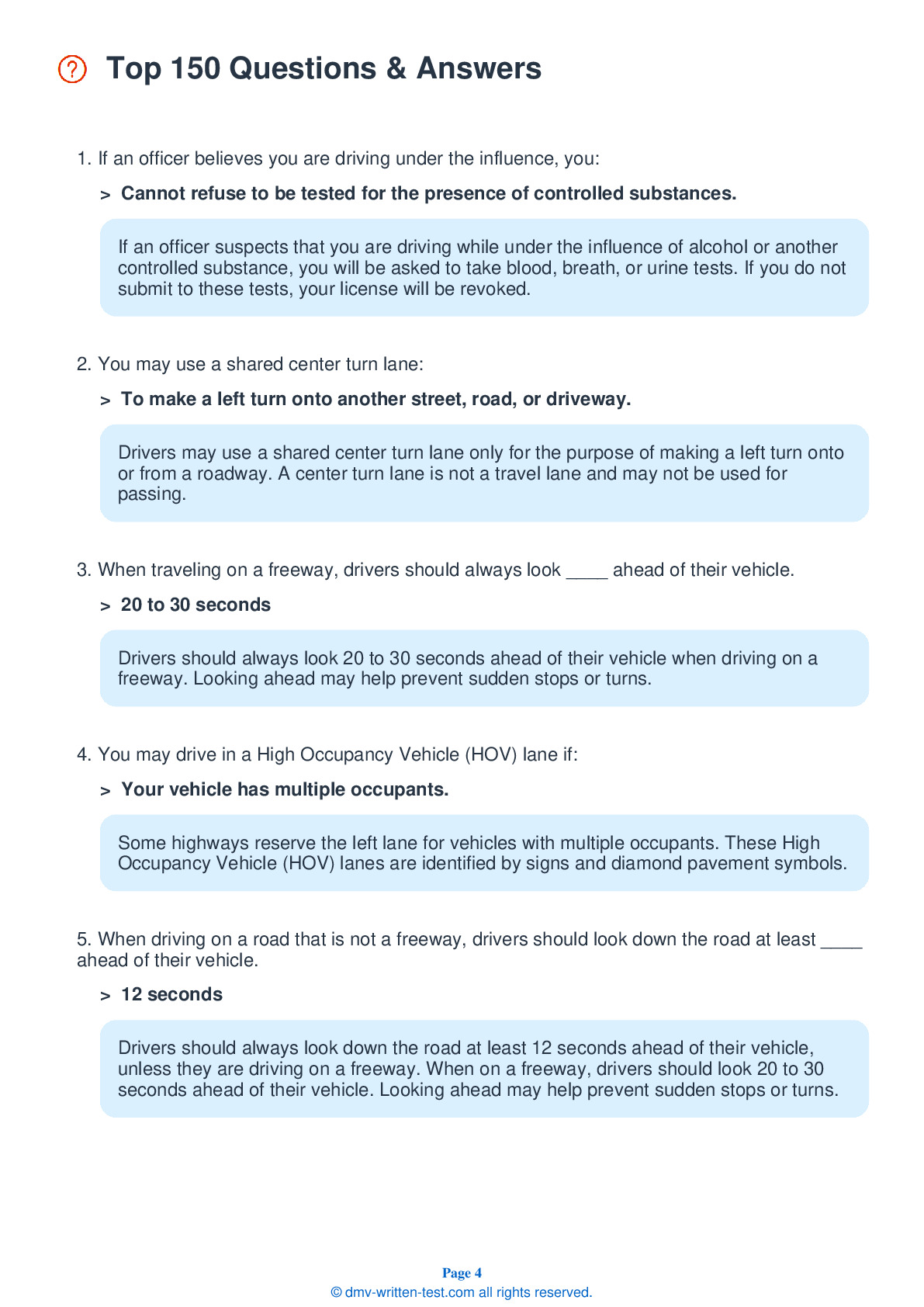2025 Nevada Permit Test 7
The following questions are from real DMV written tests. These are some of the actual permit questions you will face in Nevada. Each permit practice test question has three answer choices. Select one answer for each question and select "grade this section." You can find this button at the bottom of the drivers license quiz. For a complete list of questions and answers for Nevada please visit https://cheat-sheets.dmv-written-test.com/en/nevada/car.
Number of Tests
Number of Question
Passing Score
1. This sign means:

Explanation
Warning signs prepare drivers for upcoming road conditions and hazards and are usually yellow with black markings. This sign tells drivers that there is an upcoming stop sign and that they should prepare to come to a complete stop before proceeding.
2. Before turning left, it is important to:
Explanation
When turning left at a traffic signal, you must yield the right-of-way to pedestrians and oncoming traffic.
3. A red flashing traffic light has the same meaning as a:
Explanation
A red flashing traffic signal has the same meaning as a stop sign. When approaching a red flashing signal, come to a complete stop and proceed when it is safe to do so. A stop sign may sometimes also be posted where this signal is located.
4. Driving at night requires increased caution because:
Explanation
Because it is dark, drivers cannot see as well at night as they can during the day. From one half hour after sunset until one half hour before sunrise, or at any other time when persons or vehicles are not visible for 500 feet, drivers must use their headlights.
5. If you need to stop quickly and your vehicle is not equipped with an Anti-Lock Braking System (ABS), you should:
Explanation
Pumping the brakes is generally the best way to stop a car in an emergency. The car will stop quickly and you will also be able to continue steering.
6. Braking distance is affected by:
Explanation
Factors that can affect braking distance include how fast your vehicle is traveling, the condition of your brakes and tires, and the condition of the pavement.
7. Confirm that your passengers have buckled their seat belts:
Explanation




